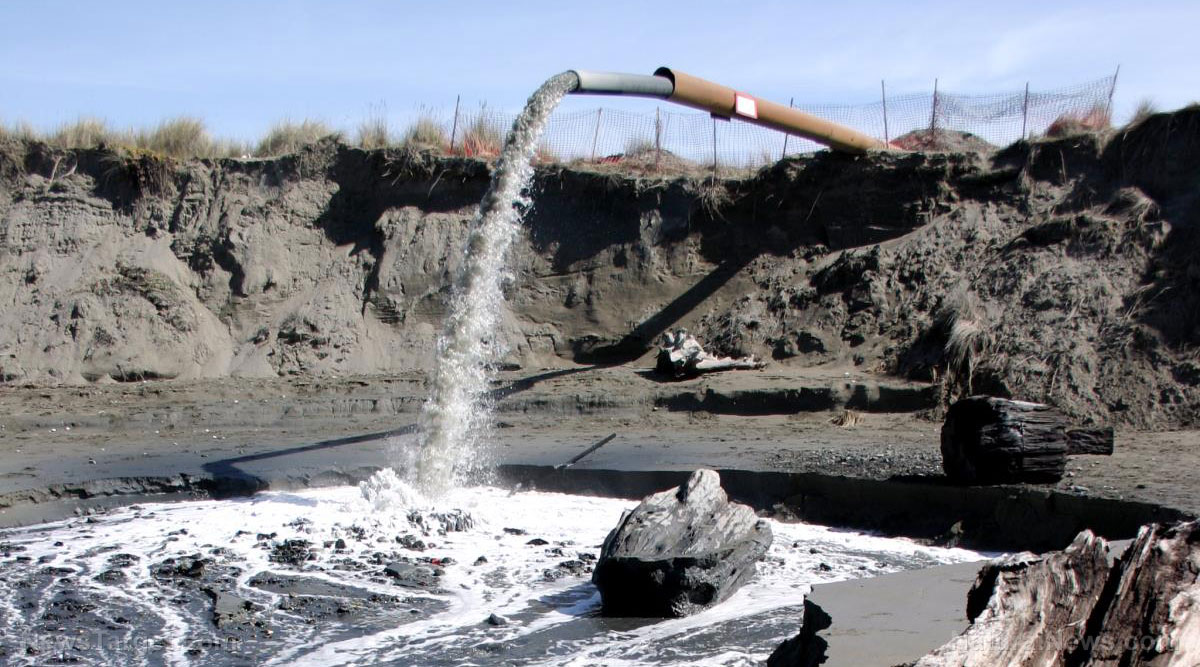 Parler
Parler Gab
Gab
- The Biden administration’s $230 million Gaza aid pier project operated for only 20 days in June 2024 before collapsing, with $31 million in equipment damaged and 62 U.S. service members injured, including one fatality.
- The pier suffered from incompatible Army-Navy equipment, poor planning and communication failures. Rough seas and storms further damaged the structure, forcing repeated dismantling and causing a fatal accident.
- The mission delivered just 19.4 million pounds of food — far below Gaza’s needs — and fell drastically short of its planned three-month duration.
- Systemic issues included underinvestment in joint logistics (JLOTS) capabilities, lack of interoperability training and insufficient personnel due to prior budget cuts in Army and Navy assets.
- Republicans criticized the project as a "political stunt," while the Pentagon admitted failures but resisted oversight reforms. The debacle highlights risks of prioritizing political goals over military readiness.
Operational failures plague the mission
The JLOTS operation, which required 1,000 U.S. personnel, unraveled almost as soon as it began. The Pentagon IG report revealed that the pier’s components were incompatible: Army watercraft and the Navy’s Improved Navy Lighterage System (INLS) dock foundations differed in height, warping ramps and tearing holes into equipment. A photo included in the report shows an Army vessel labeled “total loss” after colliding with Navy docks. Furthermore, incompatible communication systems left troops without secure channels during critical moments. Environmental factors worsened the crisis. Planners failed to account for Gaza’s fickle sea conditions, forcing crews to dismantle and reposition the unstable pier multiple times. A May 2024 storm capsized four Army vessels, beaching them near Gaza and critically injuring Army Sgt. Quandarius Stanley, who later died from his injuries. The Pentagon confirmed another person died from non-combat injuries tied to the mission but did not clarify causes. The project’s logistical shortcomings crippled its humanitarian goals. Despite an announced mission duration of three months, the pier operated for fewer than three weeks. What aid it managed to deliver — 19.4 million pounds of food—amounted to a single month’s supply for 500,000 people, far short of Gaza’s needs.Interoperability gaps and historical underinvestment
The report blamed systemic military underpreparedness for the collapse. The Army and Navy had divested critical assets since 2018: the Army sold half its watercraft, reducing its fleet from 134 to 70, while the Navy decommissioned its East Coast JLOTS unit in 2023. These cuts left forces scrambling to assemble equipment and manpower, with Navy Beach Group One officials admitting they had to “pull together every person they could” to crew vessels. Past JLOTS training exercises had already flagged interoperability issues between Army and Navy systems, but reforms were not implemented. The IG found U.S. Transportation Command (TRANSCOM) had failed to enforce joint standards or adequately plan for the mission. “Organizational readiness shortfalls include insufficient mission planning, interoperability challenges and inadequate training,” the report said.Political firestorm erupts over “Biden’s Gaza boondoggle”
Republicans have seized on the disaster as emblematic of administration incompetence. House Armed Services Committee Chair Mike Rogers (R-Mich.) called it a “textbook example of a political stunt,” accusing Biden of prioritizing campaign optics over strategic priorities during the 2024 election. The report’s disclosure of $31 million in equipment losses and the fatal injuries has intensified calls for accountability. Defense Secretary Lloyd Austin acknowledged the “shortcomings” in a statement, pledging reforms to equipment interoperability and joint training. However, TRANSCOM resisted the IG’s recommendations to establish oversight for JLOTS missions, leaving four critical proposals unresolved.A cautionary tale for future missions
The Gaza pier debacle underscores the risks of ignoring systemic military preparedness in favor of fleeting political goals. As Congress debates Pentagon budgets, the IG’s findings highlight urgent needs: restoring JLOTS capabilities, improving service coordination and investing in modern equipment. For now, the collapsed pier remains a costly testament to what happens when under-resourced forces are thrown into complex missions — leaving taxpayers footing the bill and service members paying the price. Sources for this article include: AMgreatness.com YourNews.com AirForceTimes.comPFAS pollution sparks legal battles across Maryland
By Willow Tohi // Share
Governments continue to obscure COVID-19 vaccine data amid rising concerns over excess deaths
By patricklewis // Share
Tech giant Microsoft backs EXTINCTION with its support of carbon capture programs
By ramontomeydw // Share
Germany to resume arms exports to Israel despite repeated ceasefire violations
By isabelle // Share










